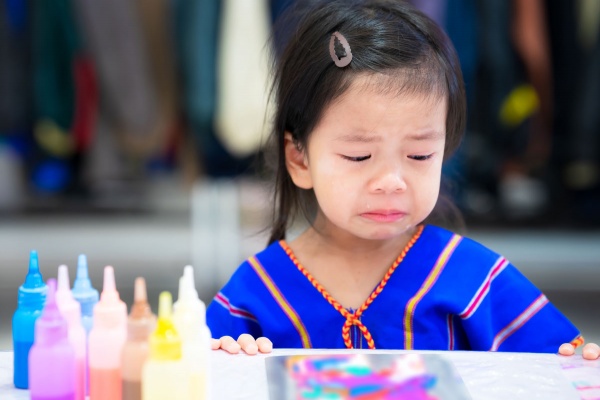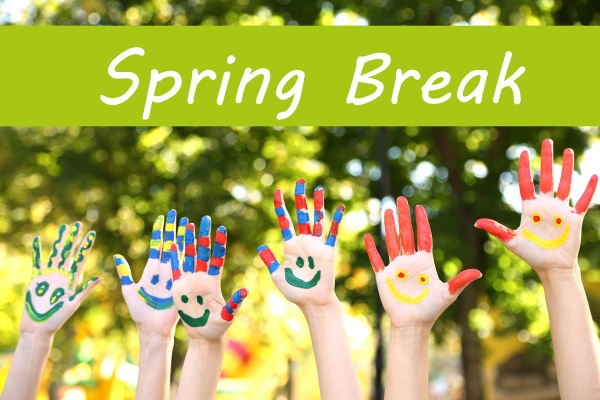

What is Your Child's Learning Style?
Does your child love reading and writing? Do they have a knack for music? When they tell a story do they tend to use their whole body to describe what happened? Are they drawn to groups or do they prefer to work alone? These traits can give a clue about your child’s learning style. A learning style is the method a person uses to learn and should be used to maximize learning. It’s important for parents to understand their child’s learning style so that they can help them find study methods, environments, and activities that help them learn best.
Visual
Visual learners prefer seeing pictures and images to learn new things. They usually have good spatial awareness skills. Kids with this learning style understand maps and have a good sense of direction. They usually love doodling and drawing. Study habits best for these learners are to write information down, underline or highlight as they read, use colorful diagrams, charts, and pictures to enable them to visualize what they want to remember.
Auditory
People who are auditory learners are typically drawn to music. They may sing, play a musical instrument, or have the ability to pick individual musical instruments out of a piece of music. They may hum, sing, or tap their feet while they work. Using music and rhythm to remember information can be helpful for kids who have this learning style. It might also be helpful to record and playback things you want to remember, or read and recite information aloud.
Verbal
Kids with a verbal learning style can easily express themselves in both speaking and written communication. Verbal learners have a strong understanding of the meaning of words and will consistently seek out new words to master which they will later use to communicate with others. Try using acronyms or reading information aloud while learning new things. Role-playing can also be helpful for the verbal learning style.
Physical
Kids who prefer using their bodies, hands, and sense of touch prefer the physical learning style. Many of these learners enjoy drama, dancing, woodworking, or exercise. They would rather go for a run or walk when something is bothering them than sit at home and think it through. These kids use hand gestures and body language to communicate and are very aware of the world around them. Sitting and listening to a lecture can be a challenge for kids who prefer a physical learning style so they will often fidget and look forward to when they can move around. Try actually incorporating the physical objects they are learning about or allowing movement whenever possible. Writing, drawing, and using flashcards can also be helpful for kids who have this learning style. Frequent breaks can help the physical learner feel more prepared for study time. You can also try standing while reading, using a computer for studying, or making a review into a gross-motor style game.
Logical
Kids with a logical learning style generally excel in math and critical thinking. They can recognize patterns and commonalities in seemingly unrelated content. They often understand and work complex calculations in their head. Problems are usually tackled in a systematic way and they enjoy creating lists, agendas, charts, and procedures. Kids with this learning style will retain information if they understand the logic behind it. They need not simply memorize information but truly understand the concepts and reasons for the information to retain them long term.
Social
People who are drawn to the social learning style love working in groups or participating in classes. They enjoy sharing their ideas with others and listening to what others think. Kids with this learning style are good at both verbal and nonverbal communication and understand others as well. People typically like being around the social learner and seek their advice or input when faced with problems. They prefer to work through challenges in a group and will often be found staying after class to chat with friends. Kids with this learning style will enjoy role playing, studying in groups, or sharing what they have learned with others.
Solitary
People with a solitary learning style often prefer working alone and enjoy thinking and reflecting on things. They tend to be independent, introspective, and private. They are good at focusing on a task and have strong concentration skills. They may also enjoy keeping a journal to reflect on personal thoughts and feelings. Kids with this learning style prefer to study alone in quiet spaces.
Understanding your child’s learning style is important so you can help them get the most out of their education while identifying any ways to handle challenges that may occur because of their preferred learning style. Also, parents can use this to their advantage to appeal to their child’s interests when learning new things. Don’t be surprised if your child seems to have a combination of learning styles as this is very common. When caring adults understand a child’s strengths and weaknesses when it comes to learning, it can only improve their experience at school and their study habits at home.
Sarah Lyons and her husband, Justin, have been married for 20 years and have six children together.




















